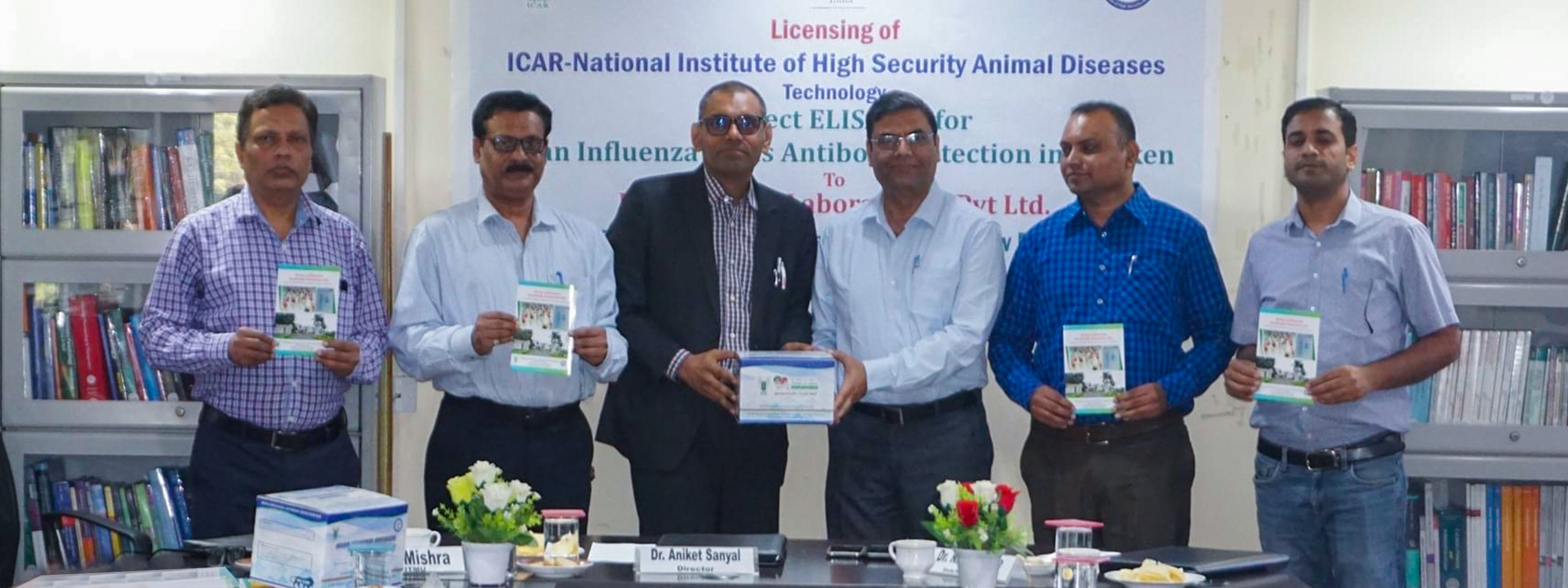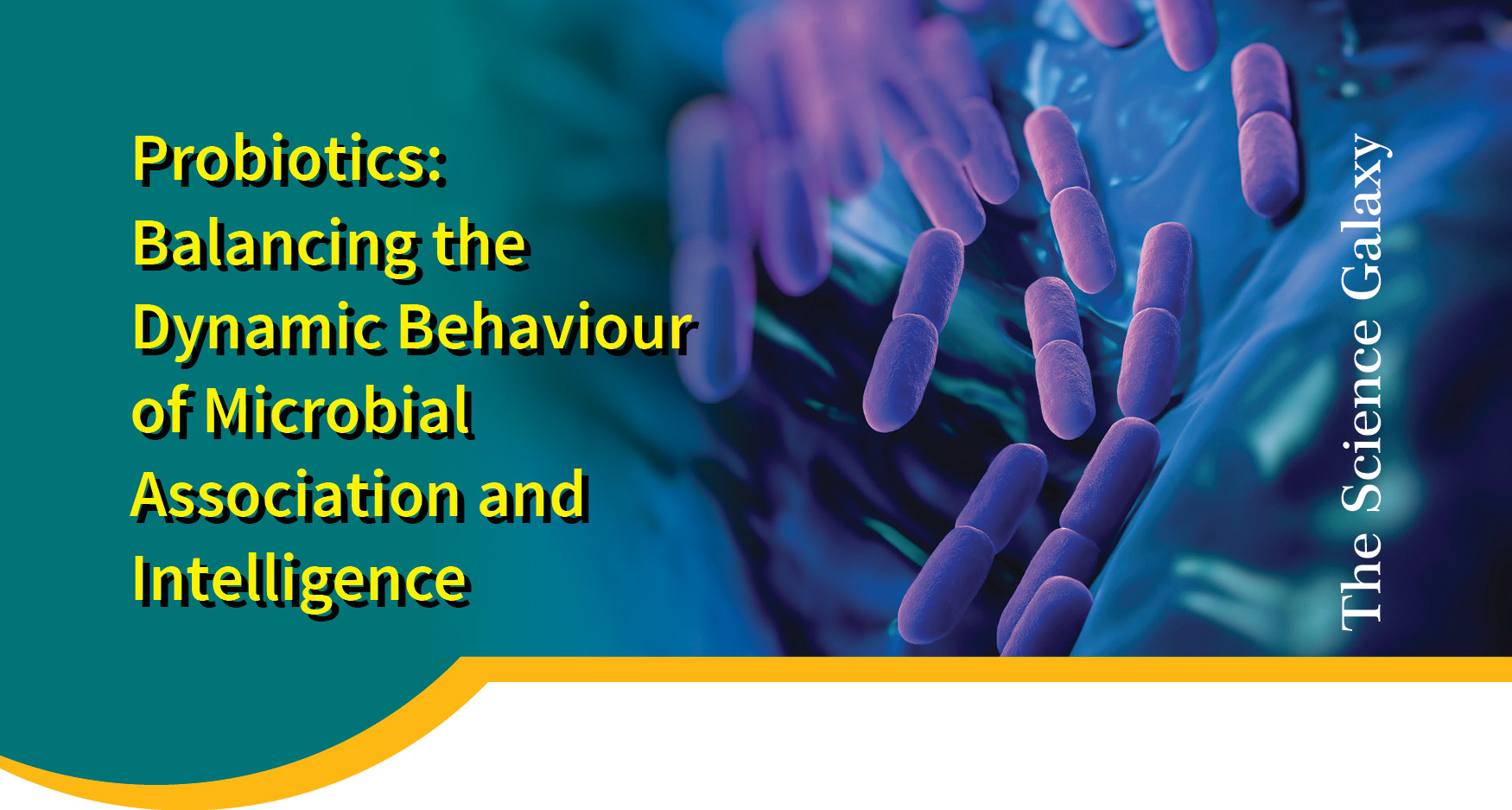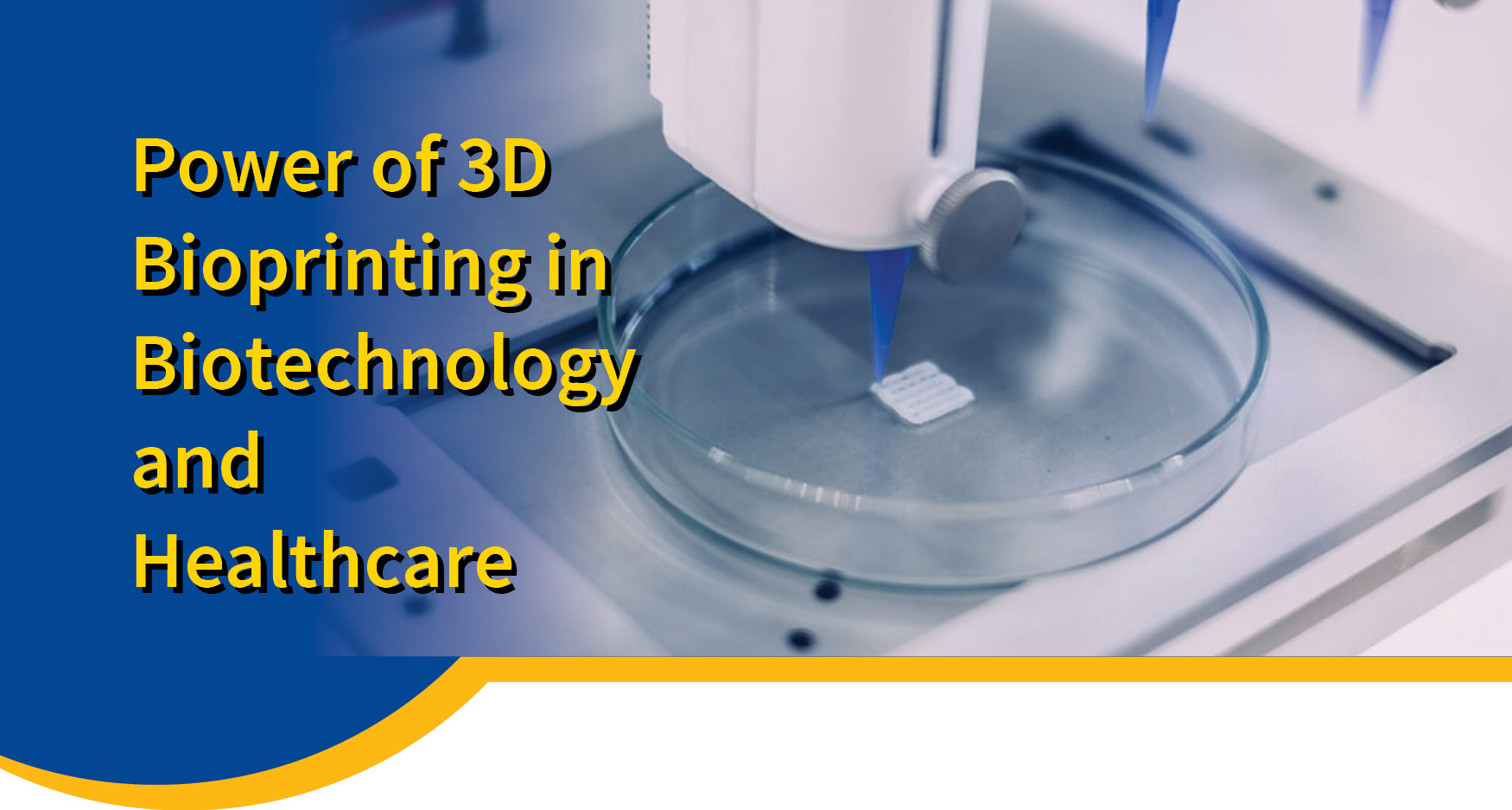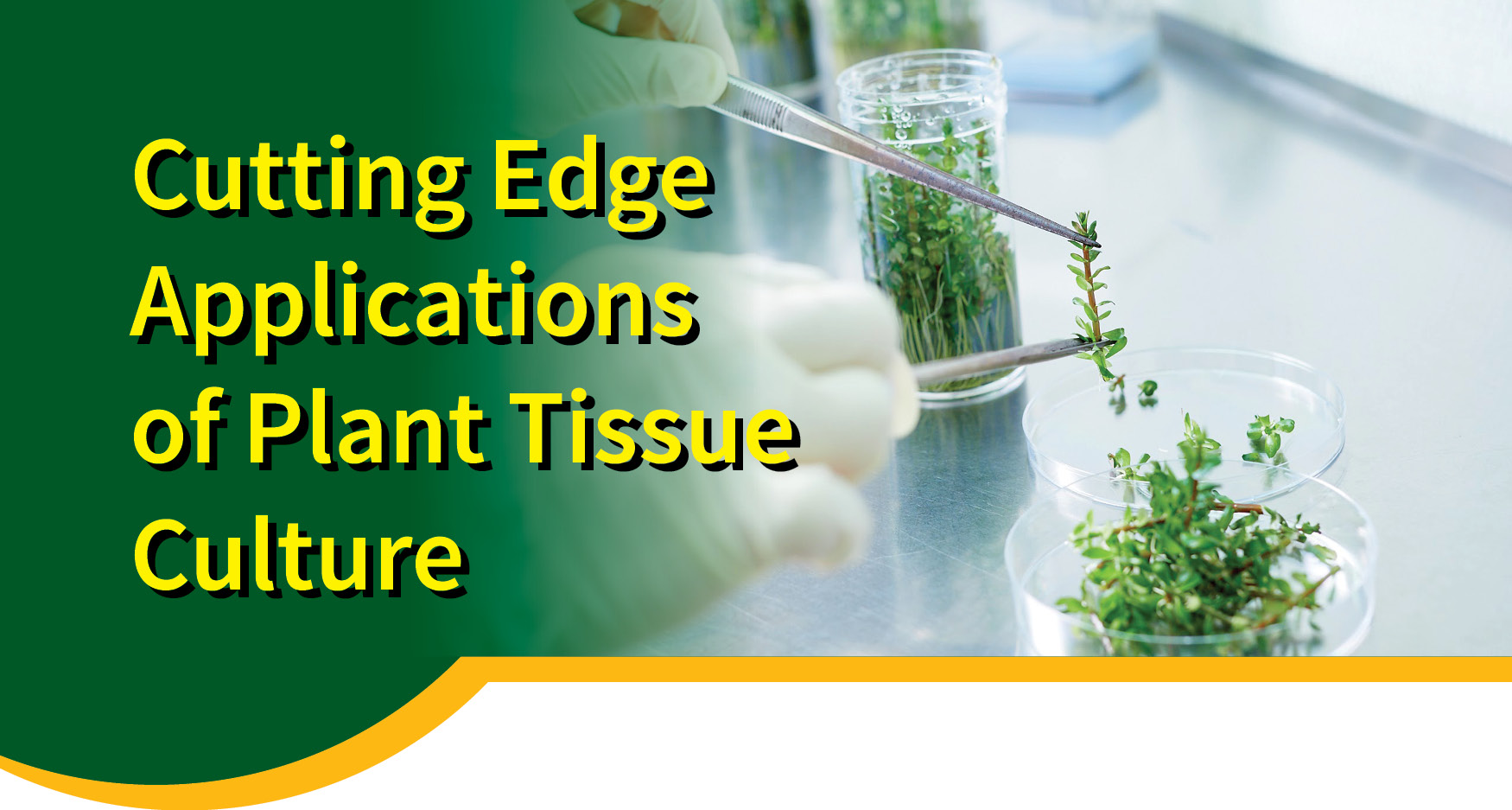Industrial Biopolymers
A polymer is a material made of many repeating macromolecule units referred to as monomers. These monomers can be joined using covalent bonds in any dimensions to give a 3-D, 2-D or 1-D structure. It was coined as a term in 1833 by Berzelius. Majority of the polymers that are in use today were synthesized after 1840s. Also, the molecular structure of polymers was not understood until Staudinger’s work gave the present definition of polymers in 1922.
Every year, worldwide approximately 140 million tons of synthetic polymers are produced. Polymers are extremely stable and resistant to biodegradation by nature. It also has a negative impact on environment as its recycling or disposal is done by combustion or incineration. Recycling process is also not efficient and not all products made by these polymers get recycled or are recyclable. Hence, waste landfills filled beyond their capacities. These recycling processes also cause carbon emissions of CO2 and CO which contribute to global warming, climate change.
Another major upcoming issue is that of generation of Microplastics (MPs). MPs are a very minute pieces of plastic (size range: 1−5000 μm). Humans are exposed to MPs in everyday life through air, water, & food (especially seafood) because of wanton and careless use as well as improper disposal of plastic products. This affects birds and animals too. Different types and sizes of MPs are ingested by humans; leading to absorption by gastrointestinal tract. This causes physical damage & stress, besides chemical toxicity to cells. MPs have also been detected in bodily fluids such as blood, colostrum, etc. This could potentially lead to various health issues including cancer. Research is still ongoing about the acute and chronic effects of MPs being accumulated in myriad places in the human body. Undigested or unabsorbed MPs are excreted by living creatures. This leads to bioaccumulation into environment and food webs. It is transferred to higher trophic level from lower trophic levels through prey getting eaten by the predator. Humans are at the highest trophic level so we are notably affected.
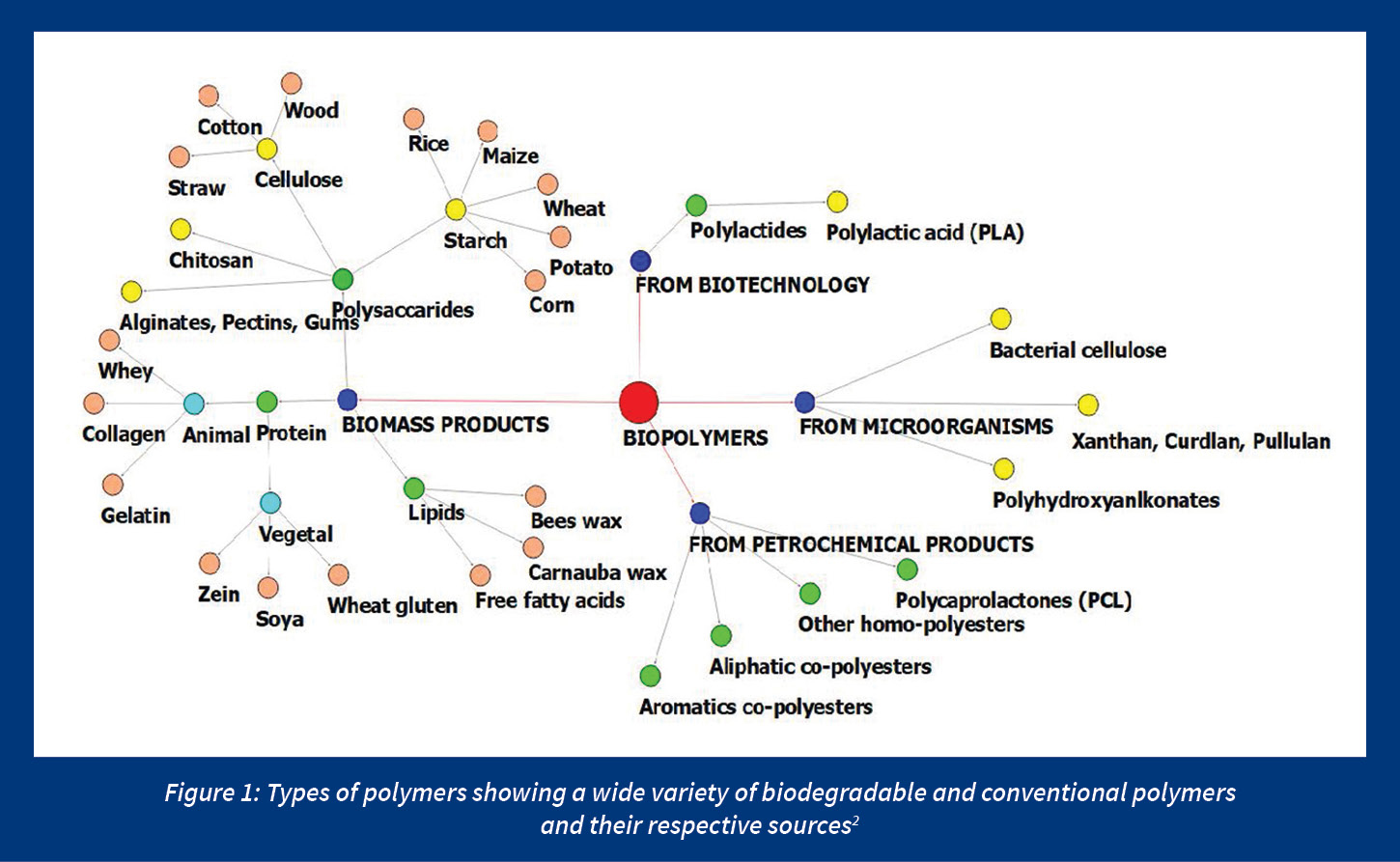
Thus, the development of alternative bio-based materials has presented as a time-bound necessity. The current situation needs to be overcome as soon as possible because of extant environmental, public and scientific interest and advantages in the development of biopolymers (with the desired physical and chemical properties of conventional synthetic polymers).
Biopolymers are biologically derived polymers which are created by living organisms, as opposed to synthetic materials which are man-made. Biopolymers are available freely in environment or isolated from plants, animals and algae. One of the widely used biopolymers are agar and alginates, isolated from red algae belonging to the genus Gelidium or from various brown algae also referred to as seaweeds. Another example of commonly used biopolymer is hyaluronic acid, which is extracted from the umbilical cords of newborn children. Some biopolymers are produced by fermentation like polysaccharide occurring intracellularly or extracellularly in the source microbe. Commonly known polysaccharides- based biopolymers are guar gum, curdle gum, xanthan gum etc.
Types & sources of biopolymers
Biopolymers i.e biodegradable renewable polymers have created renewed interest.
Their most appealing quality is being biodegradable due to the action of naturally occurring microorganisms such as bacteria, fungi, and algae. Biopolymers are of different types and from various sources as shown in the Figure 1.
Gellan gum (GG)— novel biopolymer
Gellan gum (GG) is an anionic and linear polysaccharide formed from the fermentation of the pure culture of Sphingomonas elodea. It is one of the emerging biopolymers which has gained considerable attention due to its broad applications in food, medicine, cosmetics, edible packaging, agriculture, and pharmaceuticals. Its monomers are glucose, glucuronic acid, and rhamnose. GG has similar or improved functional properties of both xanthan gum and alginate. It has versatile properties— water solubility, easy bio-fabrication, effective film/hydrogel formation, biodegradability, and biocompatibility. Based on the magnitude of acyl groups present, its gelling properties differs. Low acyl GG forms non-elastic, stiff, and brittle gels whereas high acyl GG forms elastic and soft gels. It is a relatively unexplored biopolymer in the biomedical sciences. Only a few studies have studied this biopolymer for tissue engineering applications.
The common applications of GG are as follows:- In food industry, used as emulsifiers, stabilizers, binders, gelling agents, coagulants, lubricants, film formers, and thickening agents for many food items. It has been approved for use in food products by the USFDA.
- Used as an agar substitute in the preparation of microbiological media to improve clarity and reduce toxicity.
- Used in vivo in humans as an ocular drug delivery vehicle.
Because of its great potential, further study & research for innovative GG applications for many fields is being performed. Currently, GG is imported for its usage leading to an issue of supply chain and higher cost. Thus, the production of GG & its further development should be done in India so to decrease dependency. HiMedia has taken initiative for the in-house production of GG & development of a modified (granulated) form of GG (patent filed for both) to improve its dispersion properties while using agar in microbiological media & other products.
Properties & Application of Biopolymers
A biopolymer has all physical & chemical properties similar to a synthetic polymer. However, it has its unique characteristic properties, like constant & low-cost availability, biodegradability, less toxicity leading to its wide application in many fields. Different biopolymers due to its properties leads to broad application in various industries as described below in Figure 2.
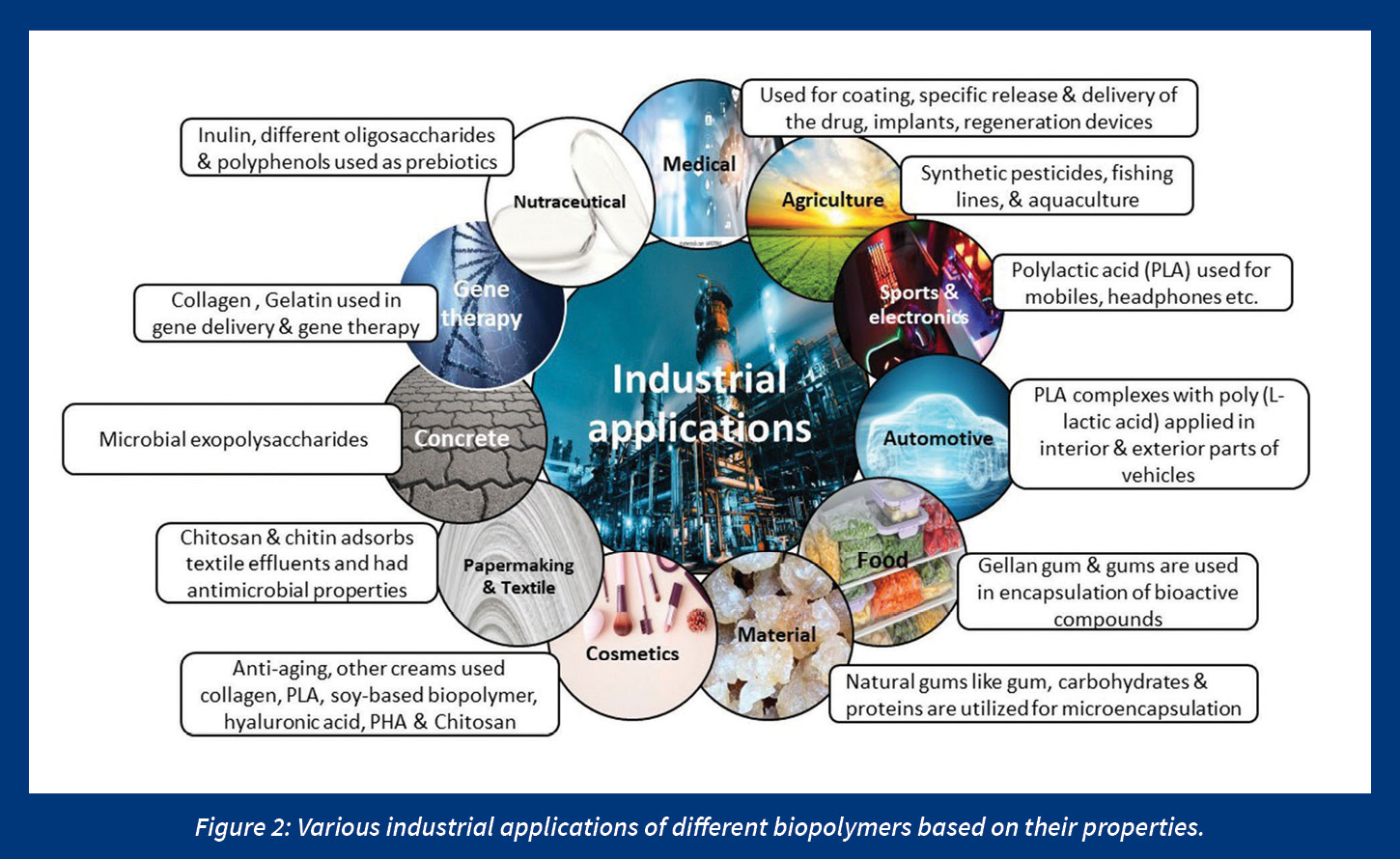
Demand & Market growth of Biopolymer
Biopolymer is a majorly opted replacement for petroleum- derived materials in food & hospital industries. Scarcity of the traditional resources and increasing environmental awareness have led to the growth of biopolymers around the world. Improved properties of these biopolymers greatly aid their practical applications.
The biodegradable plastics market is expected to grow to $6.12 billion by 2023. According to the Markets and Markets annual report, the Biopolymers Market size is projected to reach US$26.3 billion by 2027, after growing at a CAGR of 11.1% during the forecast period 2022-2027. Currently, Europe is the dominating region as its holds the largest Biopolymers market share— up to 43.5% followed by North America & Asia Pacific. Only 7.5 % market share is covered by the rest of the world.
Recent Developments
Due to high-value applications, the biopolymers sector is currently a hot spot for research & analysis. Interdisciplinary research with respect to biopolymers will help to resolve several complex problems associated with good health and well-being. Different types of biopolymers have been developed to meet the needs of ever-expanding applications. Some of the recent development in biopolymer are as follows:
- A team of scientists from IASST developed a smart biodegradable biopolymer in the form of a fabricated nanocomposite film, which can detect relative humidity. Hence freshness of food can be detected using UV light and this biopolymer.
- In August 2022, DSM Engineering Materials launched StanylB-MB (Bio-based Mass Balanced) product that contains up to 100% bio-based material.
- In June 2022, a global polymer manufacturer based in Germany launched VerdessenceTM RiceTouch, a new biopolymer used in various personal care products.
- UK-based startup SoluBlue offers a natural polymer made from FDA-approved seaweed-based ingredients. It is suitable for food packaging as it absorbs moisture and prevents mold growth on fresh food, extending its shelf life.
Future & Scope of Biopolymers
- Cost effective, improved characteristic biopolymers are needed for many industrial applications. Thus, exploration, identification, and characterization of new natural sources are essential for replacement of hazardous synthetic polymer.
- Biopolymers have certain drawbacks: low tensile strength, low electrical and thermal conductivity, etc. To make up for this, biopolymers are merged with natural fibers to give stronger and more resilient products called biopolymer composites. This hybridization process needs to be studied further to produce customized eco-friendly biopolymers for specific applications. Also, these need to be evaluated for their biodegradability, recyclability, and effect against various environmental factors.
- Unlike synthetic packaging for food, the development and use of biodegradable polymer materials will solve environmental problems. The latest breakthrough expected by the plastics industry is to make plastics more biodegradable while maintaining its strength and durability.
Conclusion
Advancement in research & development in biotechnology has ensured the wide applications of biopolymers in different sectors, from small goods to high-tech products.
Biopolymers have a potential use in medical field due to its biocompatible & biodegradable properties. Thus, research and incorporation of biopolymers can revolutionize medicine. Research for development or modification of biopolymer will be growing gradually. Thus, streamlining of commercialization for consistent development against synthetic polymer is required. As the research on the properties of newer biopolymers continues to grow, commercialization of developed compounds against traditional products, with respect to cost of production & development needs to be streamlined.
The main drawback for the commercialization of new biopolymer is availability of new or superior synthetic polymer & cost of development and production.
Biopolymer is one of most compatible products in all fields due to its versatility. Continuous exploration on performance and life-cycle assessment will support its wider applicability. Further, stable & persistent research in biopolymers will potentially replace conventional synthetic polymers having durable & sustainable properties without pollution.
References- Prajapati VD, Jani GK, Zala BS, Khutliwala TA. An insight into the emerging exopolysaccharide gellan gum as a novel polymer. Carbohydrate Polymers. 2013;93(2):670-678. doi:10.1016/j. carbpol.2013.01.030
- Gheorghita R, Anchidin-Norocel L, Filip R, Dimian M, Covasa M. Applications of Biopolymers for Drugs and Probiotics Delivery. Polymers. 2021;13(16):2729. doi:10.3390/polym13162729
- Hishamuddin, Norsyakirah Izzati; Razali, Mohd Hasmizam; and Mat Amin, Khairul Anuar. Application of Gellan Gum Biopolymer in Biomedical Applications: A Review. Makara Journal of Science.2022;26(1). doi: 10.7454/mss.v26i1.1271
- Verbeek C, ed. Products and Applications of Biopolymers. InTech; 2012. doi:10.5772/1802
- Pandian A, Bose S, Yesudass S. Biopolymers-Applications in Various Fields: A Mini Review. Polymer Science: Peer Review Journal. 2020;1(3). doi:10.31031/psprj.2020.01.000514
- Thomas S, Gopi S, Amalraj A. Biopolymers and Their Industrial Applications: From Plant, Animal, and Marine Sources, to Functional Products. 1st ed. Elsevier; 2021.
- https://www.industryarc.com/Report/11739/biopolymers-market.html
- https://www.nationalgeographic.com/environment/article/microplastics-are-in-our-bodies-how-much-do-they-harm-us
- Lim X. Microplastics are everywhere — but are they harmful? Nature. 2021;593(7857):22-25. doi:10.1038/d41586-021-01143-3
- McArdle R, Hamill R. (Chapter) 10 - Utilisation of hydrocolloids in processed meat systems. In: Kerry JP, Kerry JF, eds. Processed Meats- Improving Safety, Nutrition and Quality. Elsevier & Woodhead Publishing Series in Food Science, Technology and Nutrition; 2011:243-269. doi:10.1533/9780857092946.2.243
- Asghar A, Nazir A, Maan AA, Abdullah. Chapter 13 - Food gels: Gelling process and new applications. In: Ahmed J, Basu S, eds. Advances in Food Rheology and Its Applications: Development in Food Rheology, Second Edition. Elsevier & Woodhead Publishing; 2022:365-384. doi:10.1016/b978-0-12-823983-4.00002-9
- Aaliya B, Sunooj KV, Lackner M. Biopolymer composites: a review. International Journal of Biobased Plastics. 2021;3(1):40-84. doi:1 0.1080/24759651.2021.1881214
- https://www.plasticstoday.com/biopolymers/present-and-future-trends-biodegradable-polymers






